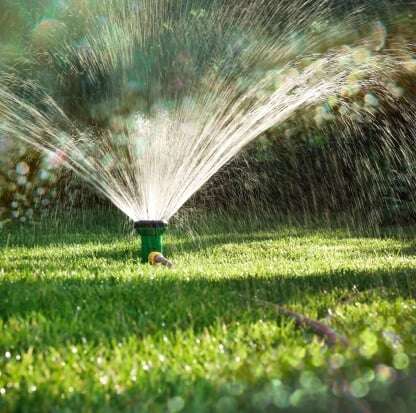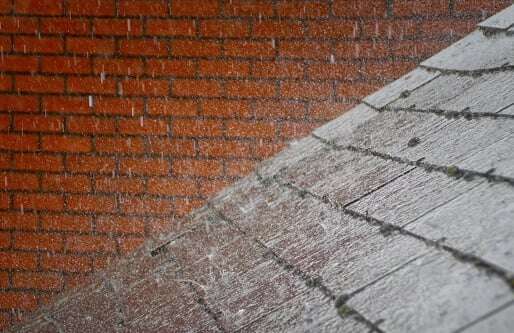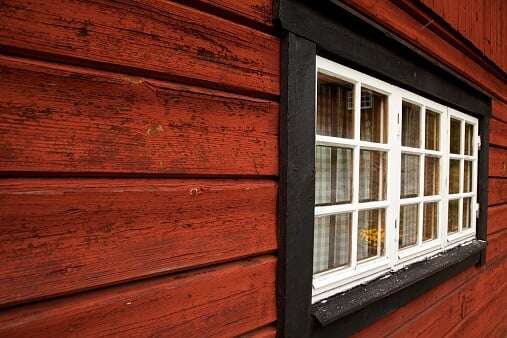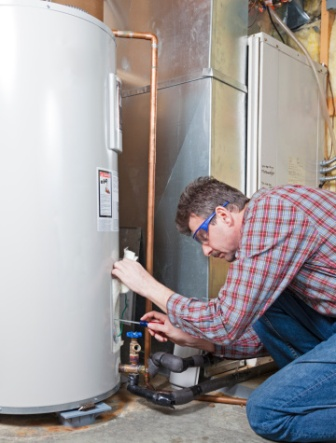 It's not exactly what you want to see, especially when you're being reminded regularly to conserve water during the California drought. But there it is in plain sight: a sprinkler that has been carelessly positioned in your neighborhood so that more pavement than grass and landscaping is getting wet.
It's not exactly what you want to see, especially when you're being reminded regularly to conserve water during the California drought. But there it is in plain sight: a sprinkler that has been carelessly positioned in your neighborhood so that more pavement than grass and landscaping is getting wet.
Experts In Your Home is trying to reverse these habits by providing simple but measurable water conservation tips, both in a previous article – “Plumbing Help: Conserving Water Indoors in the California Drought”– and here, as we shower you with smart irrigation practices that you can begin practicing today.
The truth is, we probably all waste water. For most of us, it's not a matter of adopting a bad attitude or being “hostile” toward the environment. It's probably more a matter of not thinking about how we use water on a daily basis and, perhaps, taking this natural resource a little for granted.
Time is of the essence: While the typical American family consumes about 260 gallons of water every day, only about 30 percent of this consumption is devoted to outdoor water use during the spring, winter and fall, according to the U.S. Environmental Protection Agency. But during the summer, the percentage can increase to as high as 70 percent – presumably because no one wants their lawn to turn brown and their flowers, shrubs and trees to wither and die.
Before you learn how to keep your landscape flourishing – albeit on a slower track – during the California drought, consider how you're irrigating it in the first place.
Evaluate your method
The neighbor with the ill-placed sprinkler – and others like him – probably needs more plumbing help than he thinks. He's already wasting – and paying for – water that is being splashed on his sidewalk or driveway instead of on his grass and landscaping. He probably doesn't know that a good deal of outdoor water “misses the mark” in other ways: It's lost through evaporation, runoff, watering too quickly or overwatering, the EPA says. So smart irrigation begins with knowing exactly how much water your particular yard needs. Consult a trusted landscape architect, who can visit your home, diagram your plantings and give you practical watering advice.
>>Contact a Chico Plumber Today!!
Then you can evaluate the two basic outdoor irrigation methods, both of which have their merits:
- Manually, with a hand-held hose. With the hot sun beating down on your head, you're probably more mindful of the water you're using outdoors (unlike, perhaps, when you run the faucet indoors, in an air-conditioned room). But people who manually water tend to use about 30 percent less water than those who rely on an automatic irrigation system, according to the EPA. The reason? The watering is targeted, directly on the areas that really need it.
- Automatically, with in-ground sprinklers or a drip-type irrigation system, both of which deliver water directly where it's needed: at the roots. Households that use the former method consume 35 percent more water while those that use the latter consume 16 percent more water than households that rely on manual watering.
But there are ways to boost these efficiency levels: Use water-efficient spray heads; install soil moisture sensors, which activate the system when soil moisture levels drop to dangerous levels; or install rain sensors (yes, rain will return to California) that will prevent the system from turning on during and after a rainfall.
More Plumbing Help: Be practical about how you irrigate
Whether you use one or a combination of irrigation methods in your yard, you can conserve outdoor water by:
- Spreading a thick layer of mulch around flowers, plants, shrubs and trees. Mulch will prevent water from evaporating while effectively acting as a cool blanket to stabilize and keep the soil temperature cool. As an added bonus, mulch also blocks weeds.
- Watering early in the morning, while temperatures and wind speeds are typically lowest, to stymie water evaporation.
- Raising the cutting height on your lawn mower – or instructing your lawn service to do so. Thicker, longer grass will reduce water evaporation and block weed growth.
- Using leftover indoor water on your yard, as long as it doesn't contain bleach, fabric softener or other chemicals. If you really want to be innovative, create your own “rain barrel” by placing a small bucket in your shower to capture water that would otherwise go straight down the drain.
- Choosing native or drought-tolerant grasses, ground covers, shrubs and trees, if you can't wait until fall to install new plantings in your yard. Group plantings with similar water needs together.
- Applying fertilizers that contain slow-release, water-insoluble forms of nitrogen.
- Refraining from using the hose to remove dirt, leaves or debris from your sidewalk, patio or driveway. Grab a broom instead – and save potentially hundreds of gallons of water in one outing alone.
Try to remember that that the California drought won't last forever – but smart indoor and outdoor water conservation habits can. Contact Experts In Your Home if you need plumbing help or have questions about other areas in your home - and we'll continue to positively shower you with smart advice.








